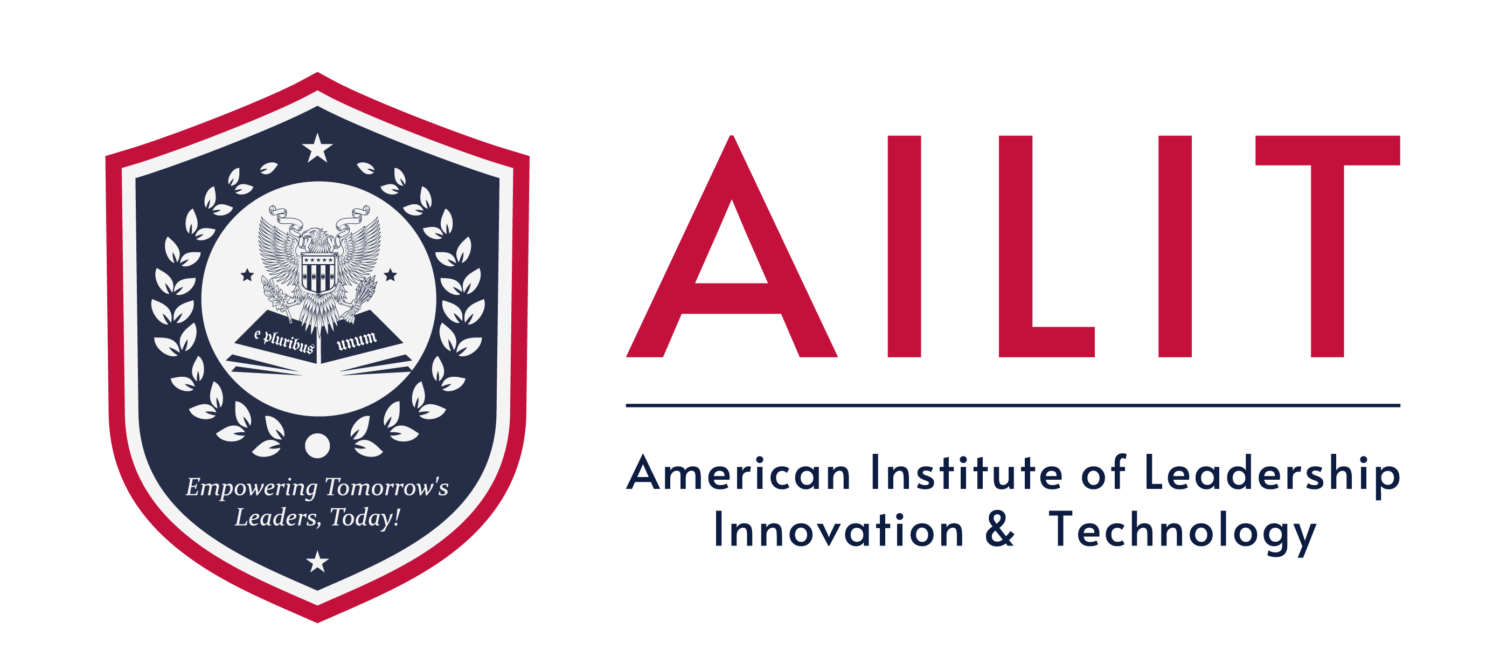To study online or not to study online?
As today’s students are given more than one alternative path for pursuing higher education, it creates a specific dilemma when it comes to the ultimate choice of one’s study plan.
The two currently available options, online learning and classroom learning, are both satisfying the needs of learners, whether alone or blended.
However, there is no universal method that works for everyone. This is especially true when it comes to choosing a plan that best suits your studying capabilities.
On-campus learning is still the most dominant form of pursuing higher education, as students prefer face to face interaction with their peers and teachers.
On the other hand, this approach doesn’t suit other students who find the lack of flexibility disturbing. Luckily, educational technology has their back with the option of online learning.
According to the National Center for Education Statistics report, there were nearly seven million students enrolled in some sort of distance education course in 2018.
Thanks to its extensive flexibility, online education is rapidly gaining popularity among the busy workforce and adult learners.
However, as it came into the spotlight, people started questioning its efficiency in providing quality content for the students and further helping them to elevate their careers.
The bottom line is that it takes diving deeper into online learning vs traditional classroom learning matter to find out more about the pros and cons of both of these educational methodologies.
What Are The Differences Between Online & Traditional Education?
When deciding between online and traditional education, one should consider numerous factors apart from the obvious difference in the way the studying materials are presented and adopted.
Most important ones would be:
- Classroom setting
- Learning styles
- Pacing
- Educational technology
- Tuition
Classroom Setting
Traditional classroom learning is mostly teacher-driven, implying multiple students attend classes at a specific time and place. This setting includes one-on-one lecture discussion, independent study groups with peers, or interaction with the instructor during office hours or after class.
Some online courses follow the same model with synchronous online class sessions, but the rest allow students the flexibility to choose the time and place to learn that is most convenient for them. In essence, online education settings are more user-driven, with varying levels of control over the pace of learning and class attendance depending on the course.
Learning Styles
Traditional education leverages collaborative learning styles, as it provides face-to-face interaction with both teachers and peers on campus.
On the other hand, online learning tends to favor independent learning styles as students are expected to be self-directed in achieving their academic goals while balancing their everyday duties.
Depending on the student’s individual learning style, they can find online courses that rely on one specific way of content-delivery, be it visual or auditory approach.
Despite the popular belief that online courses are isolating, most online education programs provide active learning environments that incorporate activities, peer-to-peer communication, and student-instructor interactions. This can be helpful for students who learn better when working with others.
Pacing
In a traditional on-campus setting, students have to follow their study’s program curriculum, taking courses on the date and time they’re offered.
In the absence of physical location, online classes often offer more flexibility. This is achieved in two ways: Many schools offer a self-pacing approach allowing learners to absorb the course material while having the opportunity to commit to their busy work and life schedules. Another way considers a more traditional setup, conducting online classes according to a set schedule, but offering them in different start times and lengths.
Given these flexible options, students that choose online education typically get their diplomas faster than their on-campus counterparts.
Educational Technology
Online learning demands basic computer literacy on the student’s part and incorporating online resources into lessons along with providing instructions on the teacher’s part.
Traditional classes also require basic knowledge of educational technology for creating presentations, conducting web research, and using other technology resources.
Tuition
The costs of traditional education are usually way higher than those of online education since they include on-campus expenses, daily commuting, and expensive textbooks.
Taking online classes can significantly cut on studying expenses as students pay for their education only.
Can Online Learning be as Effective as The Traditional Classroom One?
The million-worth question “‘Is online learning as good as face to face learning” cannot be answered straightforward, but the following statements may give you an insight into the matter.
It was reported that traditional classes are more suitable for younger students as regular class attendance helps them interact with their peers and learn about discipline by following a regular schedule.
Also, traditional classroom learning allows for continuous interaction between students and teachers, helping them overcome their fear of exams and achieve higher marks.
On the other hand, online classes are usually taken by professionals trying to increase their qualifications and enhance their career opportunities as this option saves both their time and money.
Studying from the comfort of one’s office or home is practical in many ways, but it has its drawbacks.
As there is no direct interaction, students may find it difficult to get an answer to their questions. However, online courses usually offer alternative solutions in the way of online forums, emails, and chat rooms.
For those who prefer two-way communication with their instructor, synchronous online courses will be more appropriate.
In the end, the overall conclusion could be simply boiled down to the proverb: “To each his own.”
Online Learning vs Traditional Learning Statistics
Both online and traditional learning have their advantages and disadvantages.
However, the constant increase in the demand for online education indicates that it’s here to stay.
Following statistics were gathered in a survey conducted back in 2014:
- 30% of university students have enrolled in at least one online course;
- Around 70% of all students claim online classes to be as good as or better than traditional classroom learning;
- 26% of students claim to learn better online than in a traditional classroom;
- 97% of online institutions’ courses offer student/teacher ratios of 25:1;
- 74% of educators believe that online learning is just as good as traditional learning, if not better;
- 67% of teachers believe that multimedia sources like video, blogs or podcasts, and other online media are necessary teaching tools.
To this day, enrollment in online universities continues to increase year after year.
Should Online Learning Replace Traditional Learning?
As you probably still ponder if it’s better to study online or in a regular classroom, there are numerous reasons why elearning could take the world by storm.
The Internet made high-quality education more accessible than ever. People from remote parts of the world now have a chance to study at the world’s top universities without having to give up their dreams in case they can’t afford to move to another country, or continent.
Numerous studies concluded that online learning may be more engaging than classroom learning as online classes are more likely to present studying material in attention-grabbing, multimedia formats that are better suited to today’s students’ needs.
When it comes to the feedback, online education may have an upper hand as well as students are generally asked to complete more-frequent assessments so that professors can identify possible learning gaps and deal with them on time.
The Final Decision is Yours
When it comes to the case of online learning vs classroom learning, there is no right or wrong answer.
In the end, it all depends on personal preference and knowing how you learn best. As both learning methods can be very effective, it’s important to do some self-evaluation before making the final decision.
To learn more about which options best fit you, feel free to contact us for more information.






